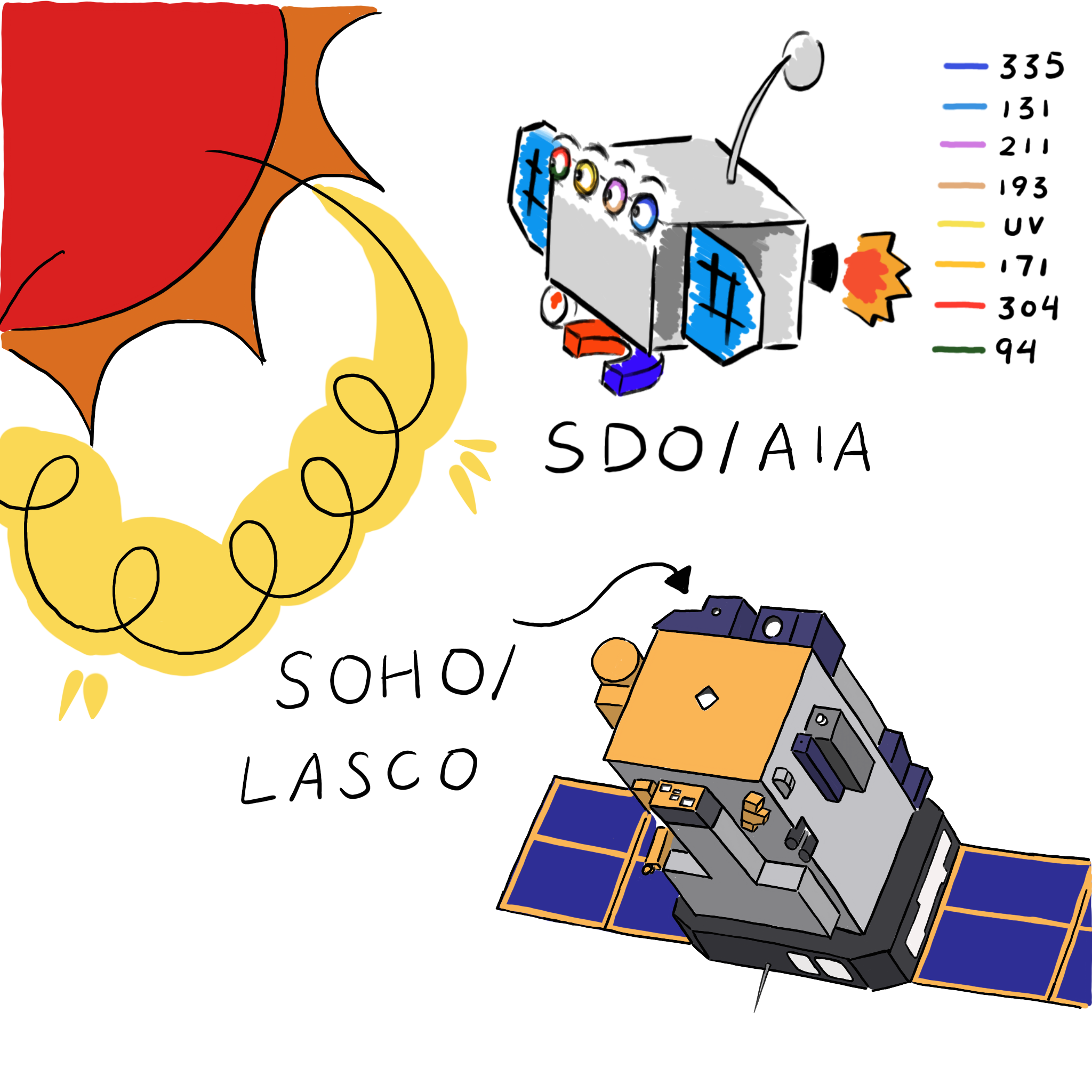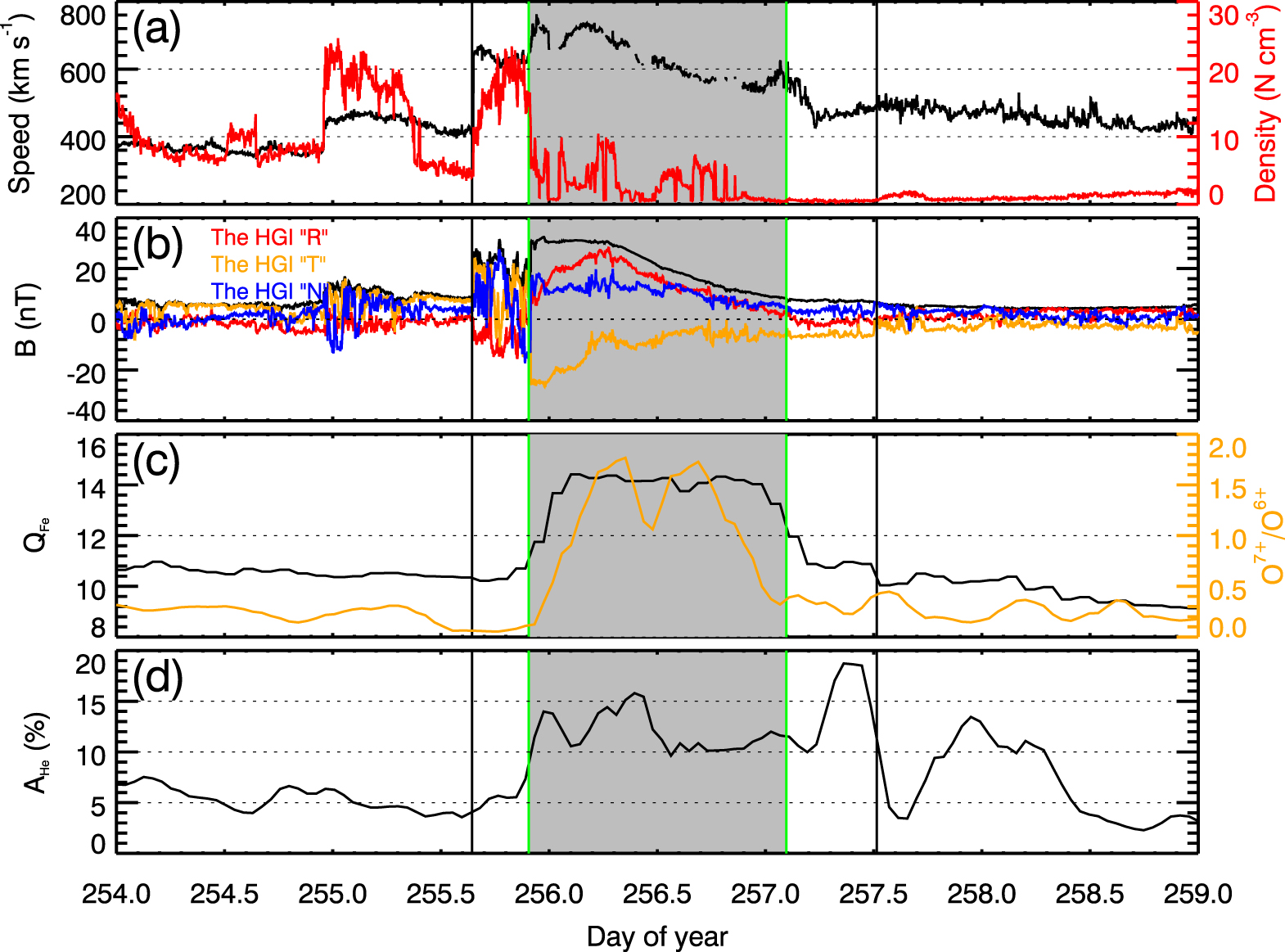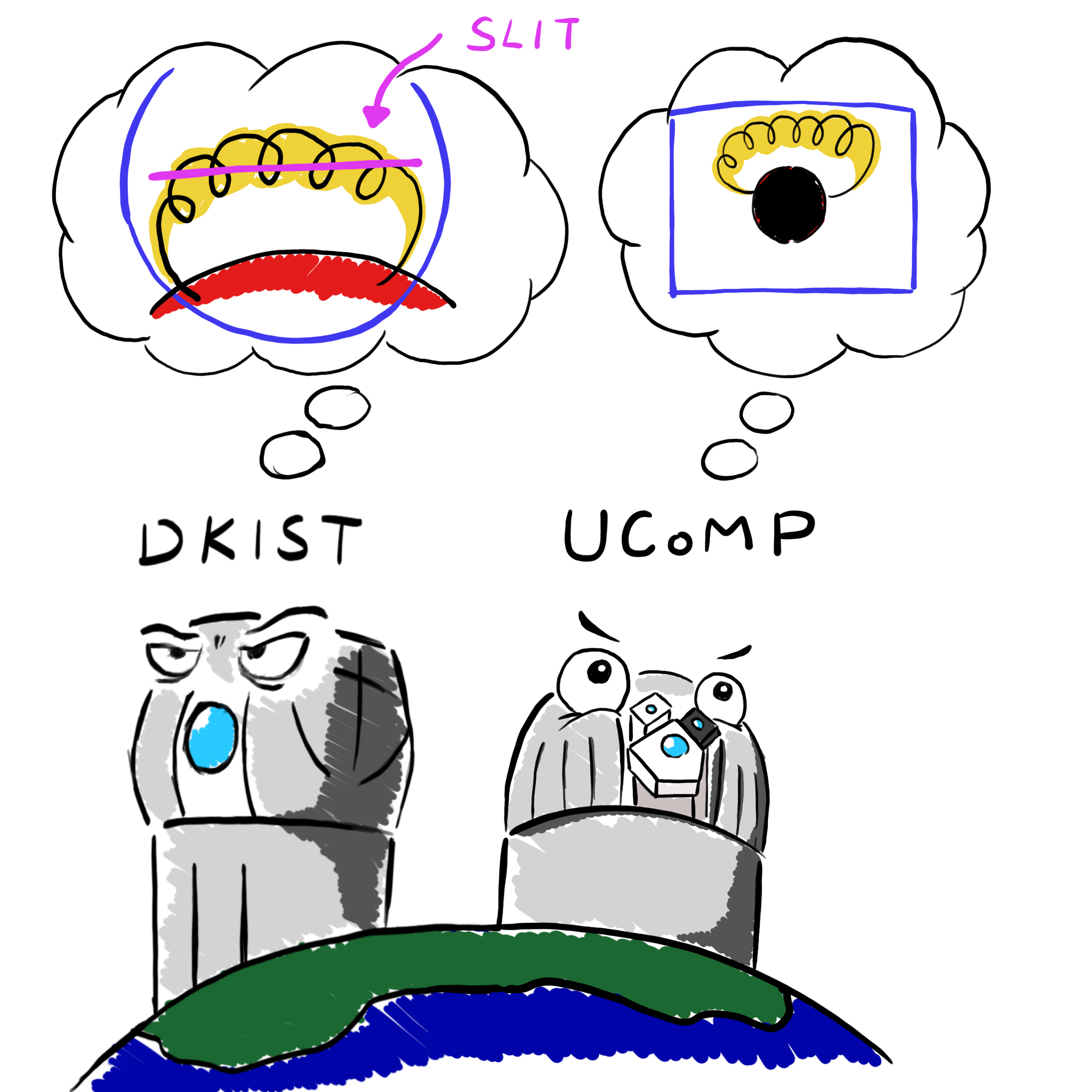Yingjie's Horizon a FOOL in solar physics
SPACE597: Simulating a Coronal Mass Ejection
I am taking the SPACE597 Space Plasma Physics taught by Prof. Tamas Gombosi this semester. The final project of this graduate-level course is to simulate a coronal mass ejection (CME) and compare the simulations with observations using Alfvén Solar Model (AWSoM) and Eruptive Event Generator, Gibson and Low (EEGGL) on UCAR Cheyenne. I will write down the progress in my project in this blog.
2021-01-02 update: Final Report
The final report:
2020-11-07 update: Introduction of the project on the 4th SWMF meeting
I was assigned to simulate a Halo CME erupted on September 10, 2014 at a linear speed of \(\sim 1267\ \mathrm{km\cdot s^{-1}}\) close to the sun. The CME is triggered by an X1.6 flare occured at UT 2014-09-10 17:45.
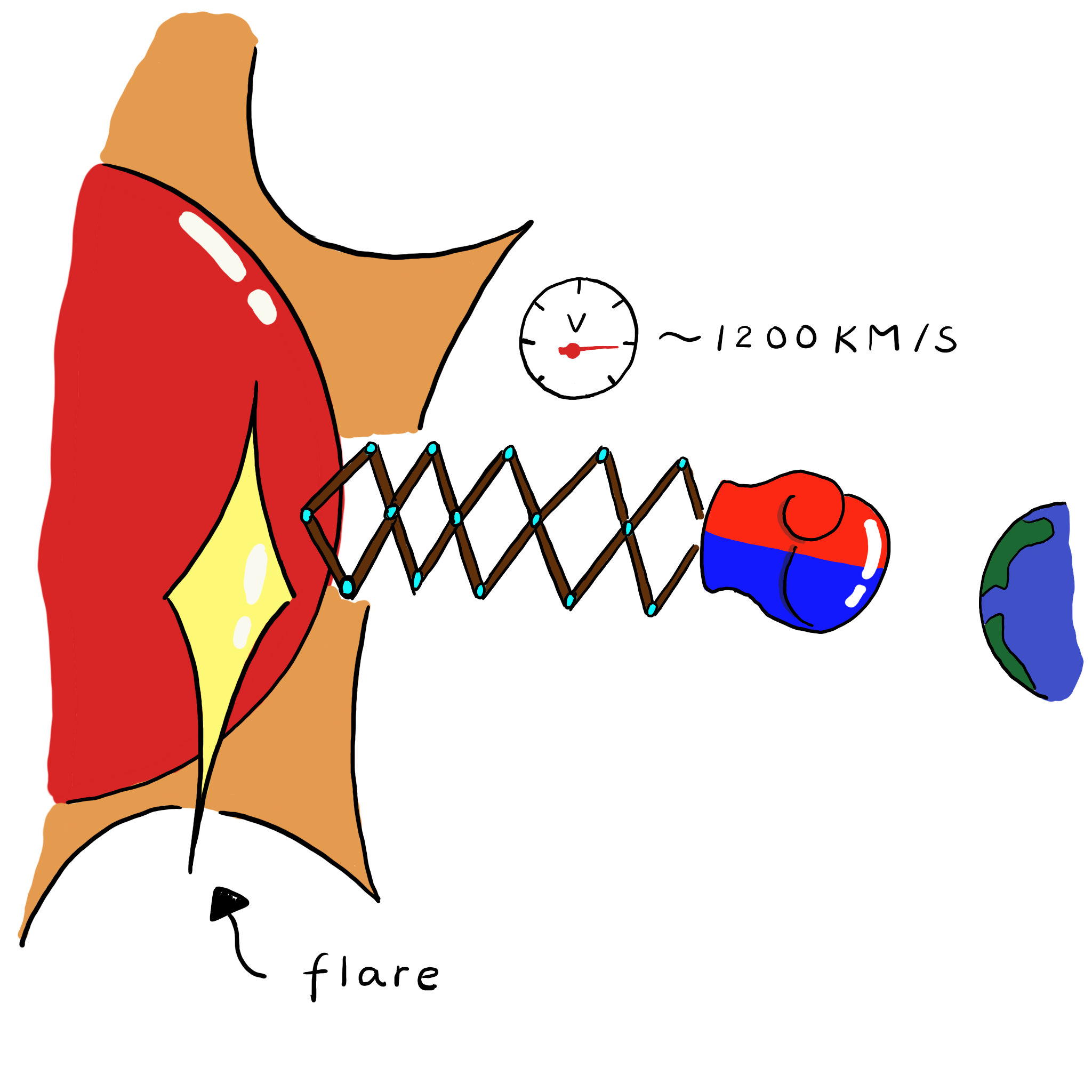
Halo CME means that it aims at the earth directly. The following joint observation of Atmospheric Imaging Assembly (AIA) on board Solar Dynamics Observatory (SDO) satellite and Large Angle and Spectrometric COronagraph (LASCO) on board SOlar and Heliospheric Observatory (SOHO) shows the halo-shape CME and the brightening post flare loops in the active region (AR) 12158.
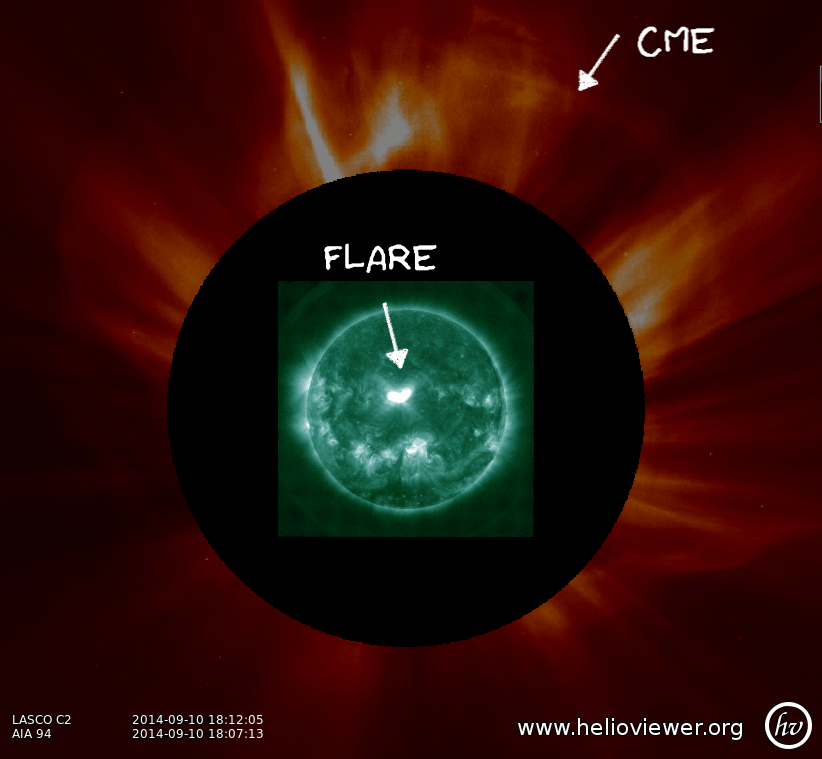
The steps to run AWSoM and EEGGL is described by the following cartoon:
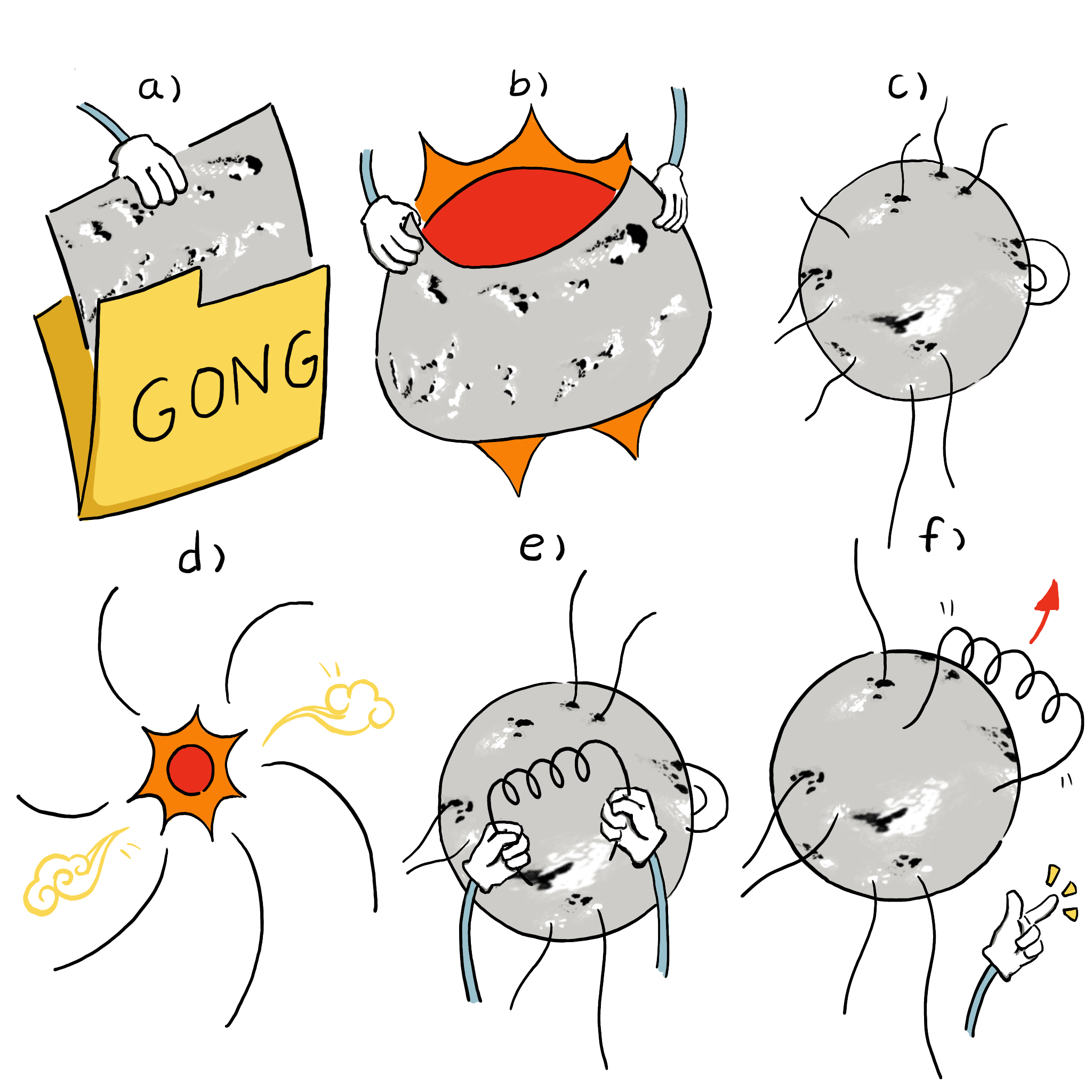
- a) Obtain a GONG integral Carrington rotation magnetogram synoptic map;
- b) Use the GONG magnetogram as the input of AWSoM with some adjustments (e.g., \(\sin \theta \rightarrow \theta\), correct weak field…);
- c) Extrapolate the photospheric magnetogram to transition region with a potential field extrapolation;
- d) Run AWSoM to create a static state solution of the ambient solar wind;
- e) Insert a flux rope to the active region with the help of EEGGL;
- f) “Let it go!” The flux rope will automatically erupt because of the unstable state which is caused by the strong magnetic pressure in the flux rope.
